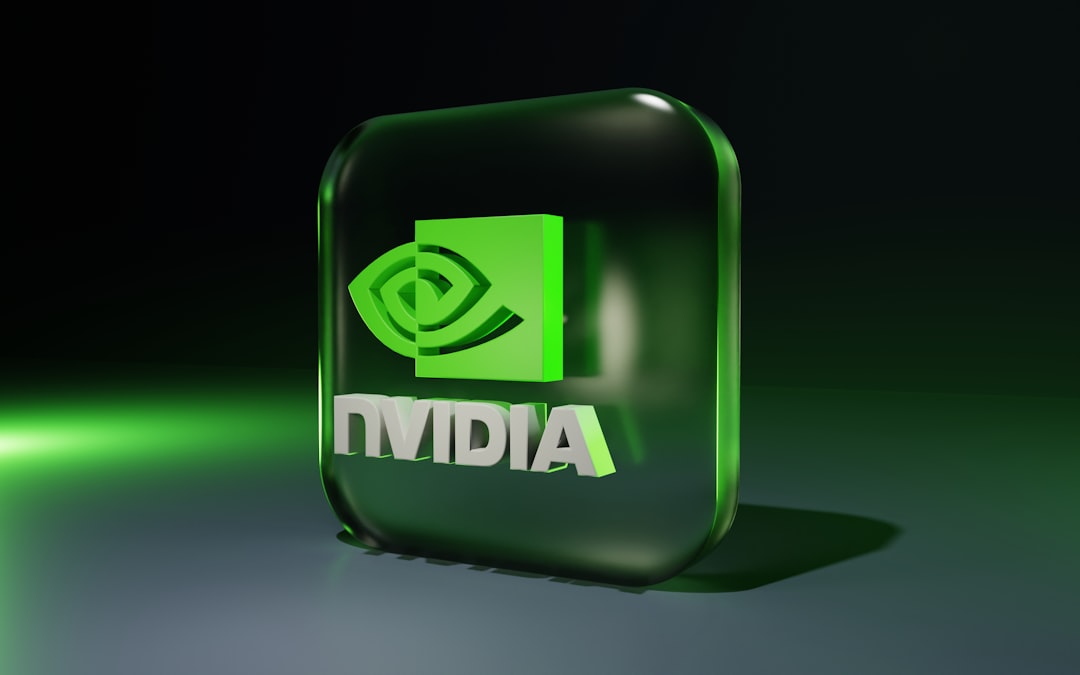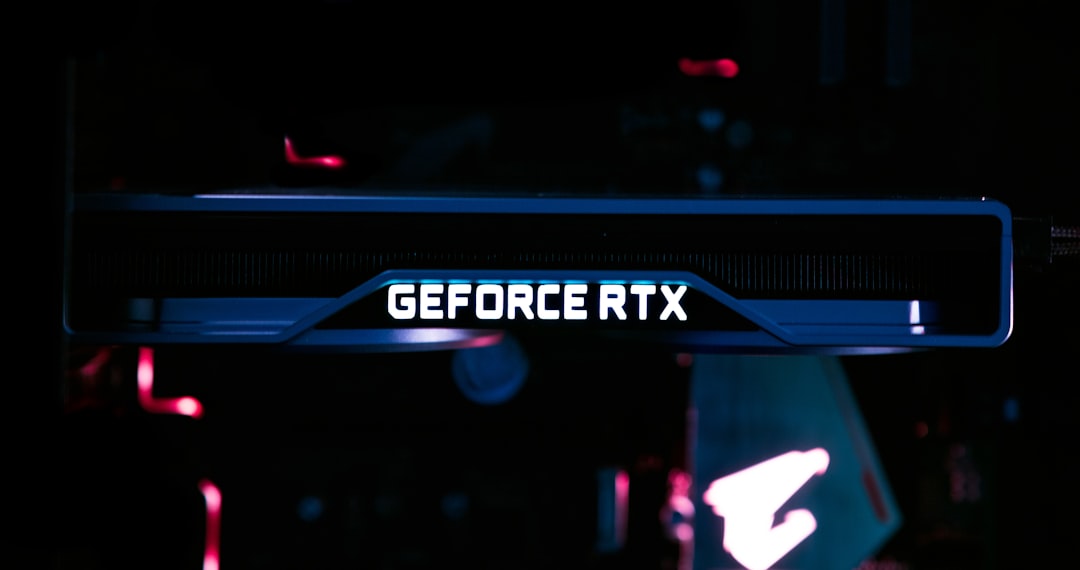If you’re a PC gamer who uses NVIDIA’s GeForce Now cloud gaming platform, encountering errors can be frustrating—especially when you’re just itching to jump into your favorite title. One troublesome issue that has emerged for many users is the notorious GeForce Now error 0xC2720018. Not only does this error disrupt gameplay, but it can also leave users scratching their heads with little information presented on how to fix it.
TLDR:
Error 0xC2720018 on GeForce Now usually relates to a software conflict or outdated components on your Windows system. Restarting your system, updating drivers, and checking Windows services often solve the issue. If the problem persists, a clean install or adjusting your network settings might help. Below is a thorough guide with multiple solutions to help you get back to smooth cloud gaming.
What Causes GeForce Now Error 0xC2720018?
This error typically appears upon launching the GeForce Now desktop client or while trying to initiate a game session. Although NVIDIA has not provided official documentation for every instance of this bug, user reports and developer insights suggest a range of potential causes:
- Corrupted GeForce Now installation
- Conflict with Windows user permissions or services
- Outdated or incompatible GPU drivers
- Firewall or VPN interference
- Issues with certain Windows builds or updates
Knowing the root causes means we can implement targeted solutions. Let’s break down the actions you can take, starting with the most common fixes.
Step-by-Step Solutions to Fix Error 0xC2720018
1. Restart Your PC and GeForce Now
It might sound basic, but you’d be surprised how many issues a simple reboot can resolve. Most cloud client problems are caused by temporary files or processes stuck in a bad state. Reboot your system and restart GeForce Now to see if the error persists.
2. Run GeForce Now as Administrator
Windows can sometimes restrict needed permissions to cloud-based apps unless they are manually elevated. To do this:
- Right-click on the GeForce Now shortcut.
- Select ‘Run as Administrator’.
- Try signing in again to see if the error disappears.
3. Update Your Graphics Drivers
If your GPU drivers are outdated or corrupt, they could be clashing with GeForce Now services. NVIDIA updates its drivers regularly to support both local and cloud-based gaming applications.
Follow these steps:
- Open GeForce Experience if installed.
- Go to the ‘Drivers’ tab and click ‘Check for Updates’.
- Install the latest version and reboot your PC.

4. Check Windows Services: NVIDIA Telemetry and Others
Some essential NVIDIA services—including NVIDIA Telemetry Container—are required for the functionality of GeForce Now. If they’ve been disabled, you may encounter error 0xC2720018.
Here’s how to check them:
- Press Win + R, type services.msc, and press Enter.
- Scroll down and look for services such as:
- NVIDIA Display Container LS
- NVIDIA LocalSystem Container
- NVIDIA NetworkService Container
- Right-click each one, choose Properties, and set the startup type to Automatic.
- Make sure each of them is running, then restart GeForce Now.
5. Remove Temporary Cache Files
Corrupted local cache can also be a culprit. Clearing out old or error-prone data might allow the app to function normally.
- Close GeForce Now.
- Navigate to
C:\Users\[YourUsername]\AppData\Local\NVIDIA Corporation. - Delete any folders related to GeForce Now.
- Restart the application and sign in again.
6. Disable VPN and Firewall Temporarily
If you’re using a third-party VPN or a strict firewall, it could block GeForce Now’s connection to NVIDIA’s servers, resulting in errors such as 0xC2720018.
- Temporarily disable VPN and firewall settings.
- Restart GeForce Now and check for stability.
- If resolved, create exceptions for GeForce Now in your firewall settings.
7. Reinstall GeForce Now (Clean Install)
If nothing else works up till this point, you may need to perform a complete reinstall of the application. This includes wiping all related files and settings before reinstalling the latest version from the official site.
Steps:
- Uninstall GeForce Now via Control Panel > Programs and Features.
- Delete any leftover files in your AppData and Program Files directories.
- Download the latest version of GeForce Now from NVIDIA’s official website.
- Install it and log in again.

8. Check for Windows Updates
NVIDIA’s cloud platform may require certain Windows components or patches to function. If your operating system is outdated, compatibility errors such as 0xC2720018 can manifest.
Update your OS by:
- Going to Settings > Update & Security > Windows Update.
- Click ‘Check for Updates’.
- Install all pending updates and reboot your system.
Advanced Troubleshooting Steps
If the above steps don’t resolve the issue, here are some more technical alternatives:
- Create a New Local User Account: Sometimes, the error links to profile-specific data. Create a new local account and try running GeForce Now there.
- Disable Proxy Settings: Go to Internet Options > Connections > LAN Settings and uncheck anything under “Proxy server.”
- Use System File Checker: Run sfc /scannow in a Command Prompt (admin) to check and fix corrupt Windows system files.
How to Prevent This Error in the Future
Now that you’ve hopefully fixed the issue, it’s worth taking a few preventative measures:
- Always keep your graphics drivers and Windows OS updated.
- Periodically clear GeForce Now’s cache.
- Ensure your firewall or antivirus software isn’t blocking NVIDIA’s core services.
- Backup important files before major system changes or updates.
When to Contact NVIDIA Support
If you’ve gone through every step and are still hitting the same error, it may be time to contact NVIDIA Support. Provide them with logs, steps you’ve performed so far, and system information. They may have more insight based on your issue’s context.
Conclusion
While GeForce Now error 0xC2720018 can be frustrating, it is often solvable with a methodical approach. Whether it’s a missing service, a blocked file path, or outdated system files, this guide should arm you with everything you need to restore your gaming experience. Sometimes it’s the simplest solutions that make the biggest difference—don’t be afraid to experiment systematically, and you’ll be back in the game in no time.
